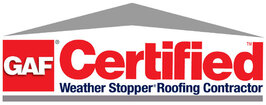|
As winter settles in the Twin Cities, the formation of ice dams on roofs becomes a common concern for homeowners. Ice dams not only pose risks to your roof's integrity but can also lead to costly water damage inside your home. In this blog post, we'll provide essential tips to help you prevent ice dams and safeguard your roof and property during the winter months. Understanding Ice Dams:
Preventing Ice Dams
Preventing ice dams on your roof is essential to protect your home from water damage during the winter months. By improving attic insulation, enhancing attic ventilation, sealing air leaks, removing snow from the roof, and seeking professional guidance, you can significantly reduce the risk of ice dam formation. Take proactive measures to safeguard your home's integrity and ensure a winter season free from the headaches and costly repairs associated with ice dams.
0 Comments
As winter blankets the Twin Cities with snow, homeowners may wonder whether it is necessary to remove snow from their roofs. While a picturesque snow-covered roof may seem charming, it's important to consider the potential risks and benefits associated with snow accumulation. In this blog post, we'll explore the importance of snow removal from your roof during winter and provide insights into when and how to tackle this task safely. 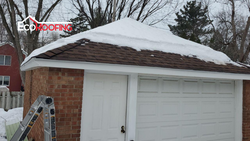 The Importance of Snow Removal from Your Roof:
While a picturesque snowy roof may evoke wintertime charm, it's important to consider the potential risks associated with snow accumulation. Removing snow from your roof during winter is necessary to protect its structural integrity, prevent ice dams, and prolong its lifespan. Whether you choose to remove the snow yourself with proper safety precautions or hire professional assistance, addressing snow accumulation is a crucial step in maintaining a safe and resilient roofing system. Prioritize the well-being of your home by giving due attention to snow removal and ensure a winter season that is both cozy and worry-free.
Choosing the right roofing material is a significant decision for homeowners in the Twin Cities. With various options available, it's important to understand the characteristics, advantages, and considerations associated with each type. In this blog post, we'll explore different roofing materials commonly used in the Twin Cities area, helping you make an informed choice for your home.
Considerations for Choosing Roofing Materials
When selecting a roofing material for your Twin Cities home, consider factors such as durability, climate compatibility, energy efficiency, maintenance requirements, and cost. Additionally, local building codes, neighborhood restrictions, and architectural guidelines may influence your options. Consulting with a reputable roofing professional can provide valuable insights tailored to your specific needs and help you make an informed decision. Choosing the right roofing material is a significant decision that impacts the appearance, durability, and functionality of your Twin Cities home. Asphalt shingles, metal roofing, cedar shake or shingles, slate roofing, clay or concrete tiles, and synthetic materials each offer unique characteristics and benefits. By considering factors such as longevity, aesthetic appeal, maintenance requirements, and budget, you can select a roofing material that suits your style, enhances energy efficiency, and withstands the demanding Minnesota climate. Consulting with a roofing professional will further ensure that you make the best choice for your home's needs and enjoy a reliable and beautiful roof for years to come. Maintaining a clean and healthy roof is crucial for the longevity and appearance of your home. Moss and algae growth can not only detract from the aesthetic appeal but also cause damage to your roof if left unchecked. In this blog post, we'll discuss how often you should clean your roof to prevent moss and algae growth and ensure the continued integrity of your roofing system. Understanding Moss and Algae Growth on Roofs Moss and algae thrive in damp, shaded areas and can quickly spread across your roof, especially in regions with high humidity, like the Twin Cities. Mosses are non-vascular plants that absorb and retain moisture, while algae are simple photosynthetic organisms that develop in moist environments. Both can cause significant damage to roofing materials if not addressed promptly. Factors Affecting Moss and Algae Growth: Several factors contribute to the growth of moss and algae on roofs. These include:
How Often Should You Clean Your Roof: The frequency of roof cleaning to prevent moss and algae growth depends on several factors, including the extent of shade, moisture levels, and nearby vegetation. As a general guideline, consider the following:
Regular roof maintenance, including cleaning to prevent moss and algae growth, is essential for the health and longevity of your roof. Conduct visual inspections at least twice a year, and address any signs of growth promptly. Engage professional roof cleaning services as needed, considering the severity of growth and specific conditions. By taking proactive measures and maintaining a clean roof, you can prevent moss and algae from causing damage and ensure the continued beauty and performance of your roofing system.
At Ecoroofing, we take immense pride in our commitment to ethical practices and integrity. That's why we were thrilled to attend the 2023 BBB Torch Awards for Ethics, an event that recognizes and celebrates organizations like ours that prioritize ethical conduct. In this blog post, we'll share our experience at the BBB Torch Awards, highlighting the importance of ethical excellence and the opportunities it provides for networking and community betterment. Recognizing Ethical Businesses The BBB Torch Awards for Ethics is a prestigious event organized by the Better Business Bureau (BBB) to honor companies that demonstrate exceptional ethical practices. It serves as a beacon for organizations that uphold honesty, transparency, and integrity in all their business interactions. Being a part of this esteemed event was a tremendous honor for Ecoroofing. Attending the Event As representatives of Ecoroofing, we were thrilled to attend the BBB Torch Awards. The event brought together a community of like-minded businesses committed to ethical excellence. It provided us with a unique opportunity to connect with professionals who share our passion for integrity and sustainable business practices. Learning and Inspiration The BBB Torch Awards event featured enlightening keynote speeches, insightful panel discussions, and informative workshops focused on the importance of ethics in business. We were inspired by the stories of ethical leadership and gained valuable insights into how ethical practices positively impact organizations and the community at large. The knowledge and inspiration we gained have reinforced our commitment to ethical excellence. Strengthening our Commitment: Participating in the BBB Torch Awards strengthened our dedication to upholding the highest ethical standards in all our endeavors. It served as a powerful reminder of the importance of ethical conduct as the foundation for building trust with our customers, employees, and the community. We returned from the event with a renewed sense of purpose and a firm resolve to continue leading by example in ethical business practices. Networking Opportunities
The BBB Torch Awards provided us with a remarkable platform to network with fellow ethical business leaders in the Twin Cities area. We had the privilege of connecting with professionals from diverse industries who share our commitment to sustainability and ethical conduct. These connections have not only expanded our network but also opened doors to potential collaborations and partnerships that will further enhance our positive impact on the community. Making a Positive Impact The BBB Torch Awards celebration united businesses that strive to make a positive impact on the community. By consistently adhering to ethical practices, we collectively contribute to building a stronger, more trustworthy business landscape. Ethical excellence fosters transparency, reliability, and accountability, creating an environment in which everyone can thrive. Participating in the BBB Torch Awards for Ethics was an incredibly fulfilling experience for Ecoroofing. It provided us with an opportunity to connect with other businesses that share our dedication to ethical excellence, learn from industry experts, and reinforce our commitment to sustainable practices. The event underscored the transformative power of ethics in fostering positive relationships, building trust, and making a meaningful impact in our community. As we continue our journey as an ethical business in the Twin Cities, Ecoroofing remains committed to upholding the highest standards of integrity, sustainability, and community betterment. The Cost of Roof Repairs and Replacement: Understanding Expenses for Twin Cities Homeowners7/19/2023 Roof repairs and replacement are significant investments for homeowners in the Twin Cities. Understanding the cost factors involved is crucial for budgeting and making informed decisions. In this blog post, we'll explore the factors that influence the cost of roof repairs and replacement in the Twin Cities area.
DIY Roof Repairs vs. Professional Services: Making the Right Choice for Twin Cities Homeowners7/17/2023 When faced with a roof repair project, Twin Cities homeowners often wonder whether they should tackle it themselves or hire professional roofing services. While some repairs can be handled as do-it-yourself (DIY) projects, others require the expertise of experienced professionals. In this blog post, we'll explore the factors you should consider when deciding between DIY roof repairs and professional services in the Twin Cities area. By optimizing this post for SEO, we aim to provide homeowners with valuable insights to make informed decisions and ensure the safety and effectiveness of their roof repairs.
DIY Roof Repairs vs. Professional Services: Which is the Right Choice?
Roof leaks can cause significant damage to your home if left unattended. As a homeowner in the Twin Cities, understanding the common causes of roof leaks and taking prompt action is crucial to protect your property from water damage. In this blog post, we'll discuss the common causes of roof leaks in the Twin Cities area and provide insights on how to identify them. By optimizing this post for SEO, we aim to help Twin Cities homeowners find the information they need to address roof leaks effectively. Identifying Common Causes of Roof Leaks in the Twin Cities:
Taking Action to Address Roof Leaks:
Identifying the common causes of roof leaks in the Twin Cities is crucial for homeowners to protect their homes from water damage. Regular inspections, prompt repairs, and professional maintenance play significant roles in preventing leaks and maintaining the integrity of your roof. By being proactive and addressing roof issues promptly, you can safeguard your property and ensure a dry and secure living environment. If you're unsure about the cause or extent of a roof leak, consult a professional roofing contractor to assess the situation and provide appropriate solutions. As a homeowner in the Twin Cities, it's crucial to know when your roof requires repairs or replacement. Identifying the signs of roof damage early on can save you from costly repairs and protect your home's structural integrity. In this blog post, we'll discuss how you can assess the condition of your roof and determine whether it needs repairs or a complete replacement.
How Can I Tell if My Roof Needs to be Repaired or Replaced? Determining whether your roof needs repairs or replacement depends on various factors. Here are key indicators to help you assess the condition of your roof in the Twin Cities:
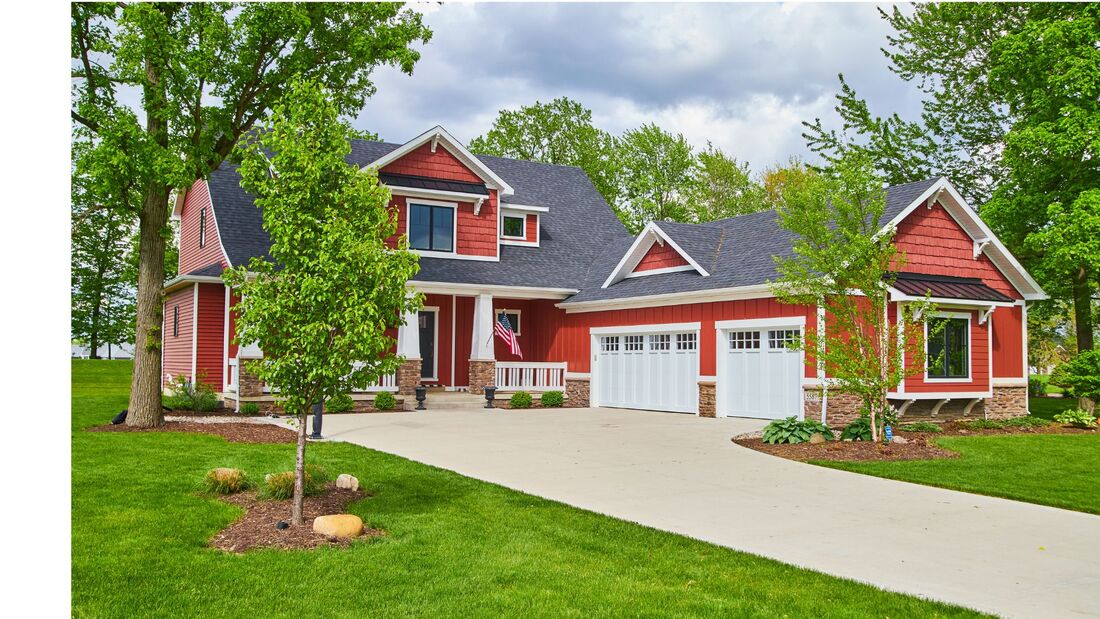 If you're a homeowner in the Twin Cities, you may wonder about the lifespan of your roof. Understanding the typical duration of a roof's lifespan is essential for effective maintenance and budgeting. In this blog post, we will provide valuable insights into the average lifespan of roofs in the Twin Cities area. By optimizing this information for SEO, we aim to ensure that homeowners searching for this question can easily find us and access the knowledge they need. How Long Does a Typical Roof Last in the Twin Cities? When it comes to determining the lifespan of a roof, several factors come into play. However, the following estimates provide a general idea of how long different roofing materials typically last in the Twin Cities area:
Climate: The harsh winters and frequent temperature fluctuations in the Twin Cities can impact the lifespan of your roof. Extreme weather conditions, such as heavy snow, ice dams, and strong winds, can accelerate wear and tear. Maintenance: Regular maintenance, inspections, and prompt repairs play a crucial role in extending the lifespan of your roof. Neglected maintenance can lead to premature deterioration and costly damage. Quality of Materials and Installation: The quality of roofing materials and installation workmanship can significantly affect the longevity of your roof. Opting for high-quality materials and hiring experienced roofing professionals for installation can increase its lifespan. In the Twin Cities area, the typical lifespan of a roof varies depending on the material used and various external factors. While asphalt shingles generally last 20 to 30 years, metal roofs can endure for 40 to 70 years, and clay or concrete tiles can have a lifespan of 50 to 100 years or more. Wood shingles and shakes usually last around 20 to 40 years, while slate roofs can exceed a century with proper care. Remember to consider climate, maintenance, and quality of materials and installation when assessing the lifespan of your roof. If you're unsure about the condition or lifespan of your roof, it's always recommended to consult a professional roofing contractor. They can provide a thorough inspection, assess your roof's health, and offer guidance on maintenance, repairs, or potential replacements. Keeping your roof in good condition ensures the long-term protection and value of your home in the beautiful Twin Cities. |
OUR COMPANYMN LIC#CR681753 |
SERVICES |
SOCIAL |
The following Trademarks: Owens Corning™, SureNail® Technology, Duration®, Duration STORM® Triple Layer Protection®, WeatherGuard®, TruBond® & TruDefinition® are all registered Trademarks of Owens Corning® http://www.owenscorning.com/.
2024 All Rights Reserved. EcoRoofing MN, Residential Roofing Company
2885 Country Drive Suite 110 Saint Paul, MN 55117 | (651) 797.8621
2885 Country Drive Suite 110 Saint Paul, MN 55117 | (651) 797.8621
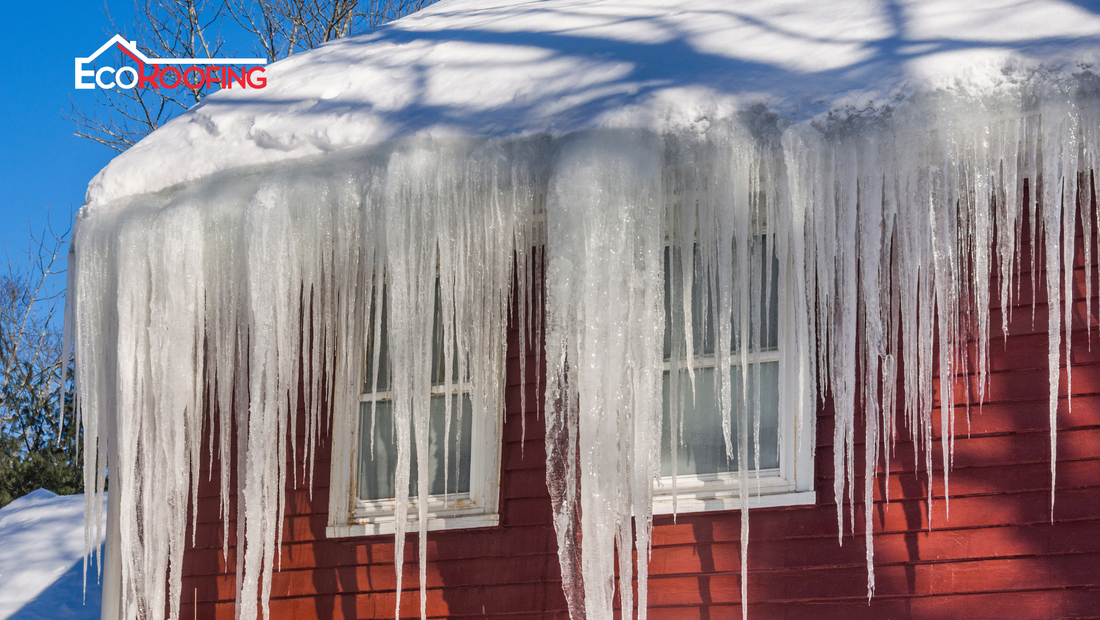
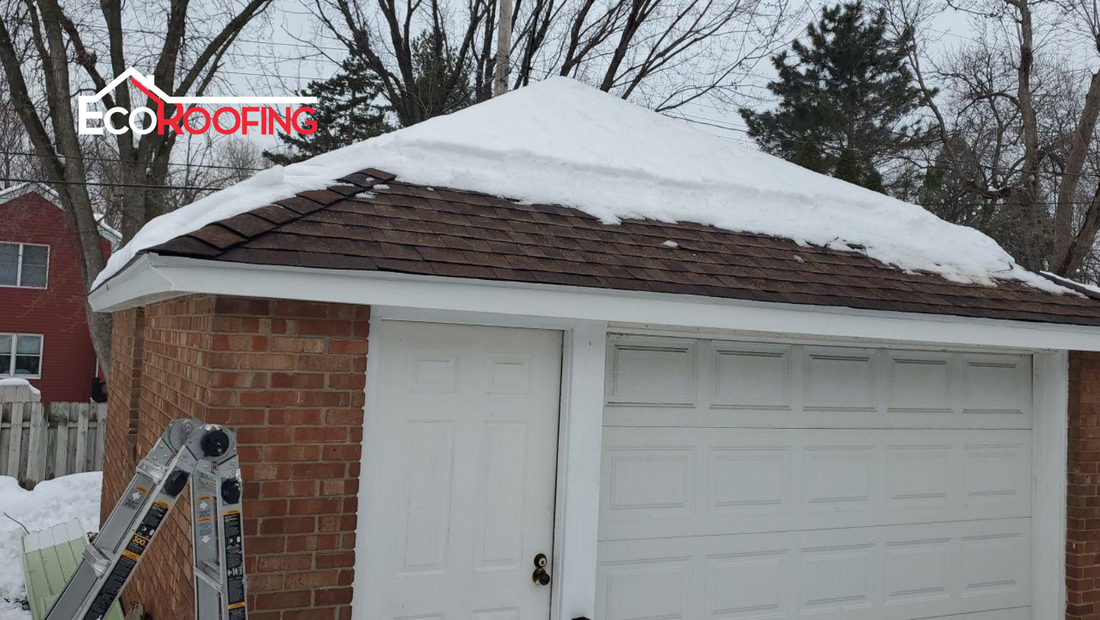
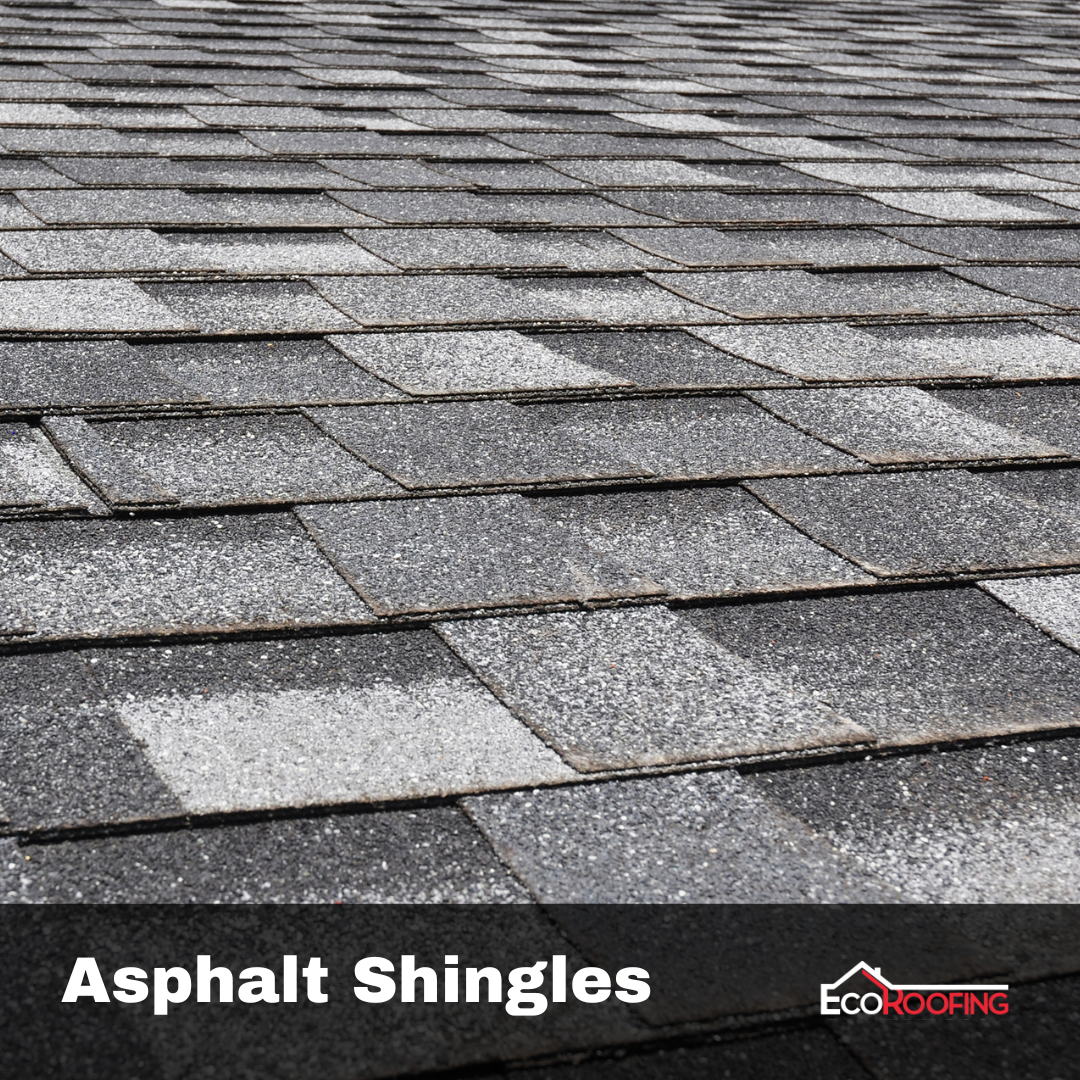
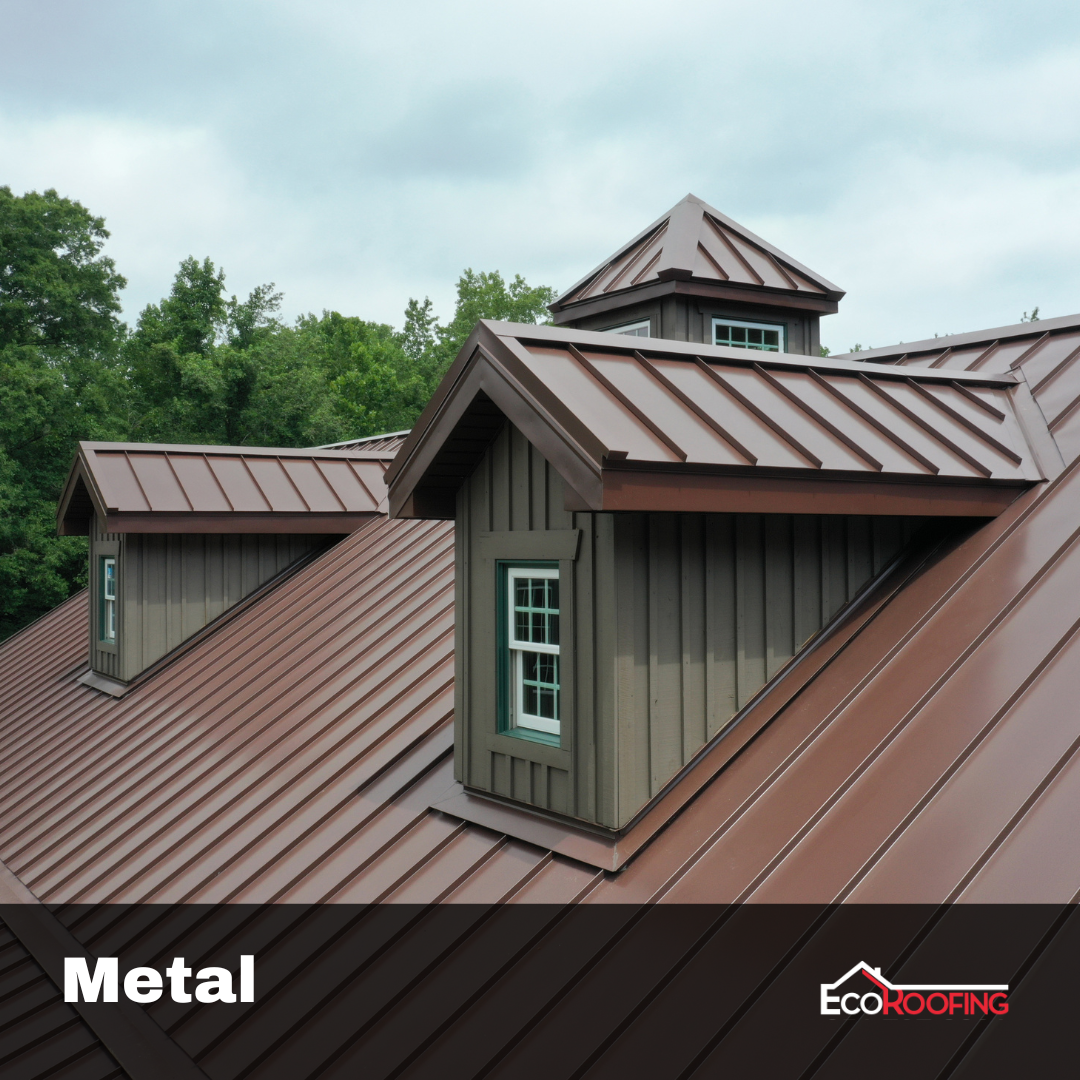
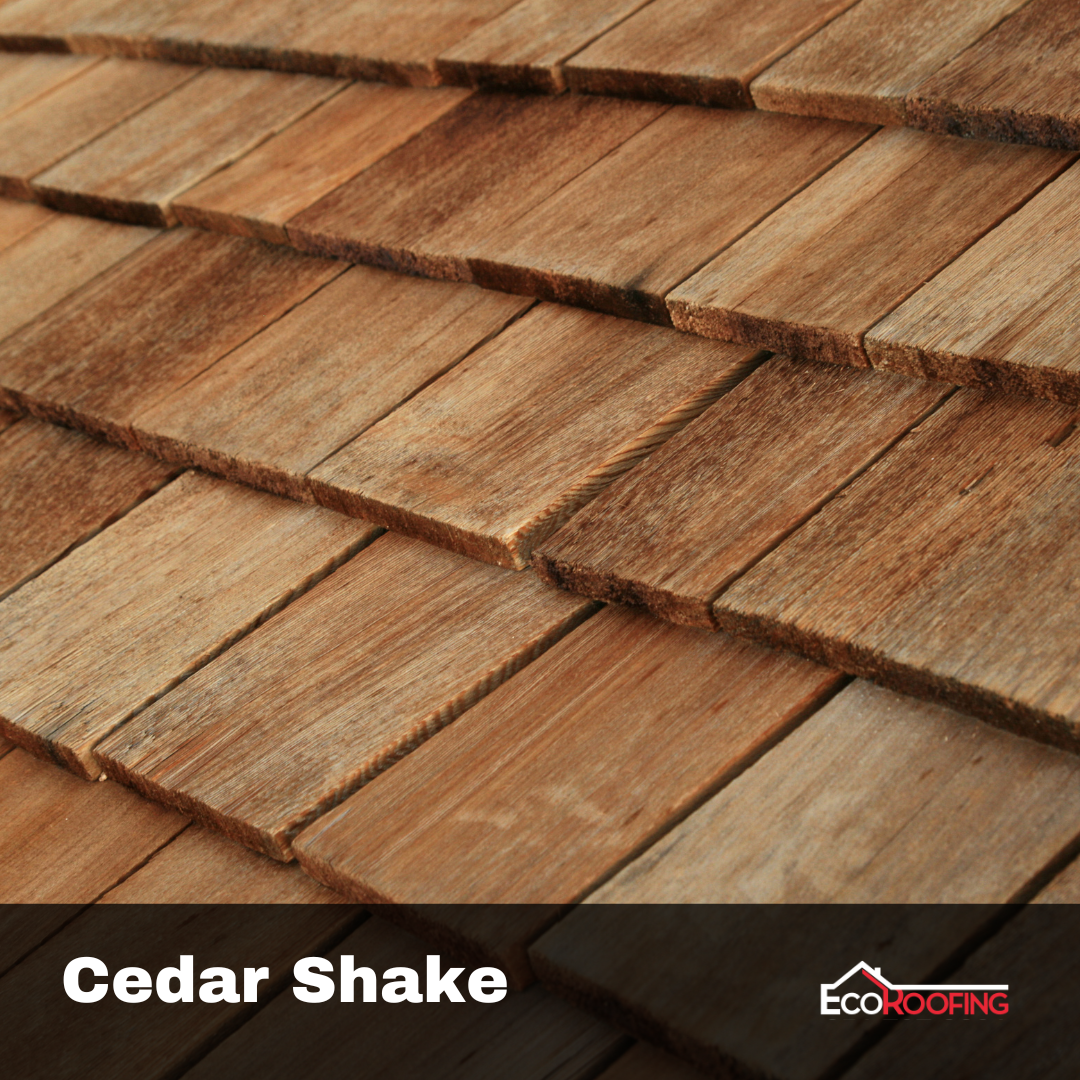

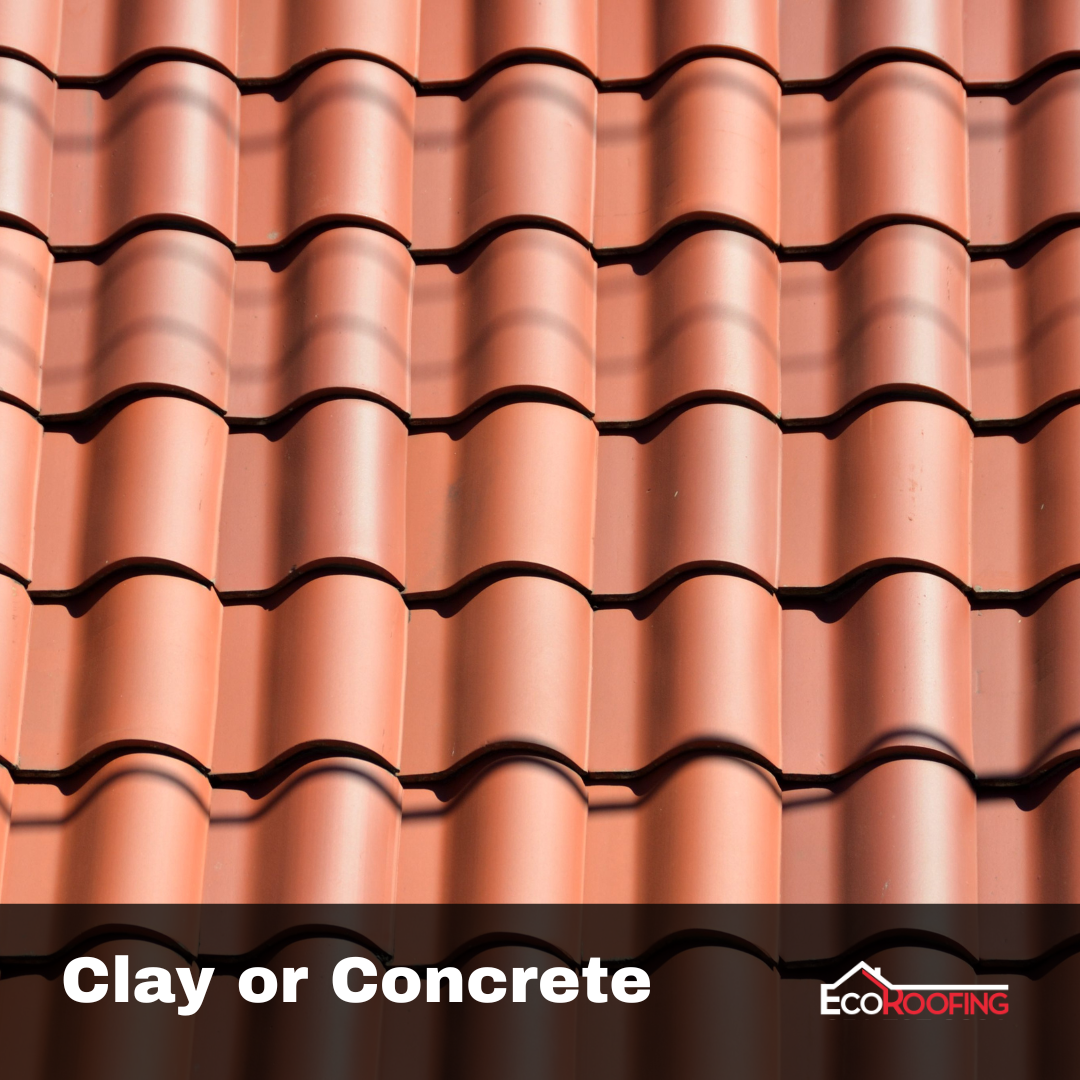
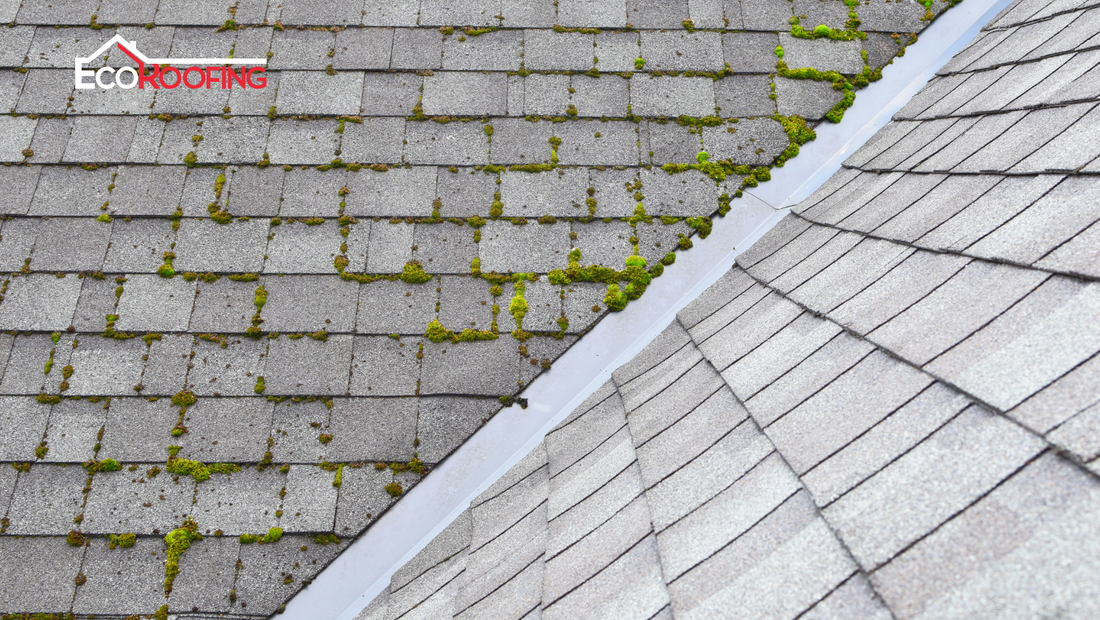
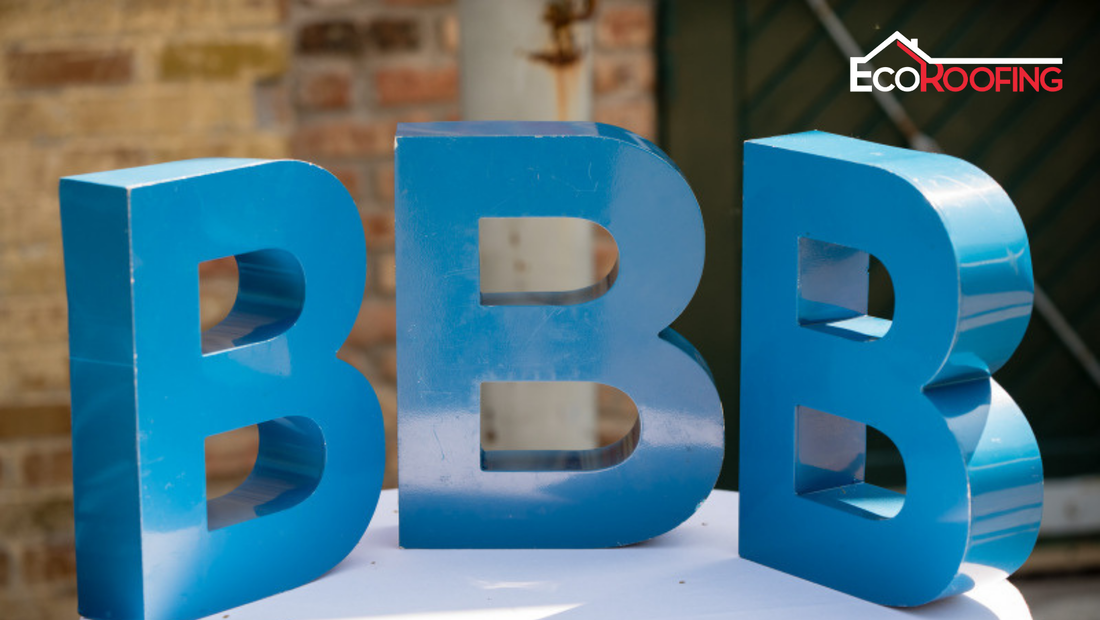
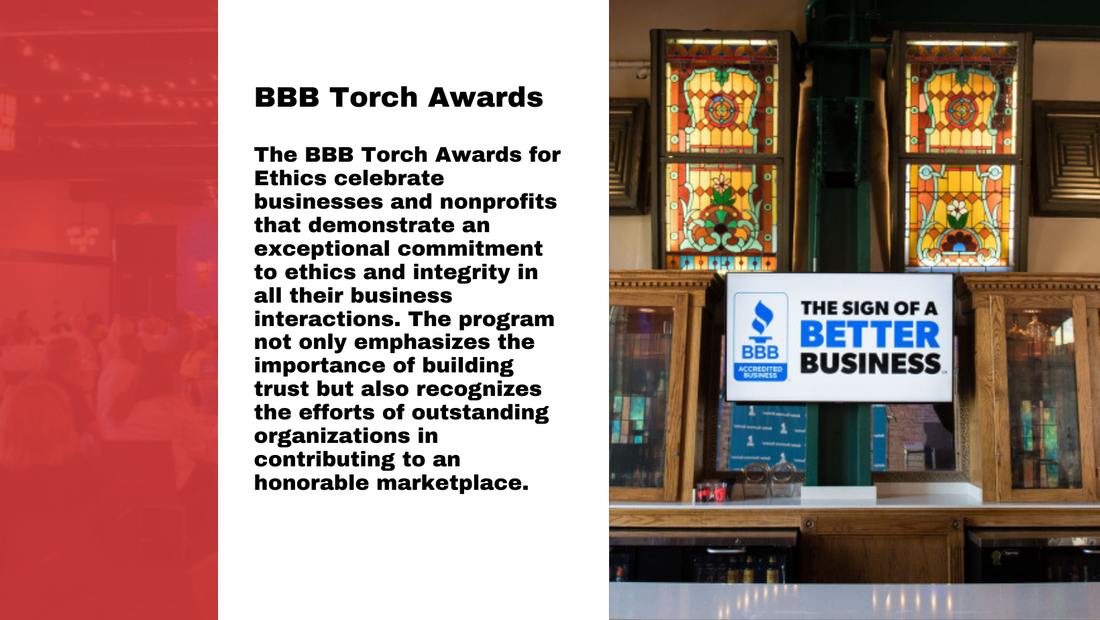

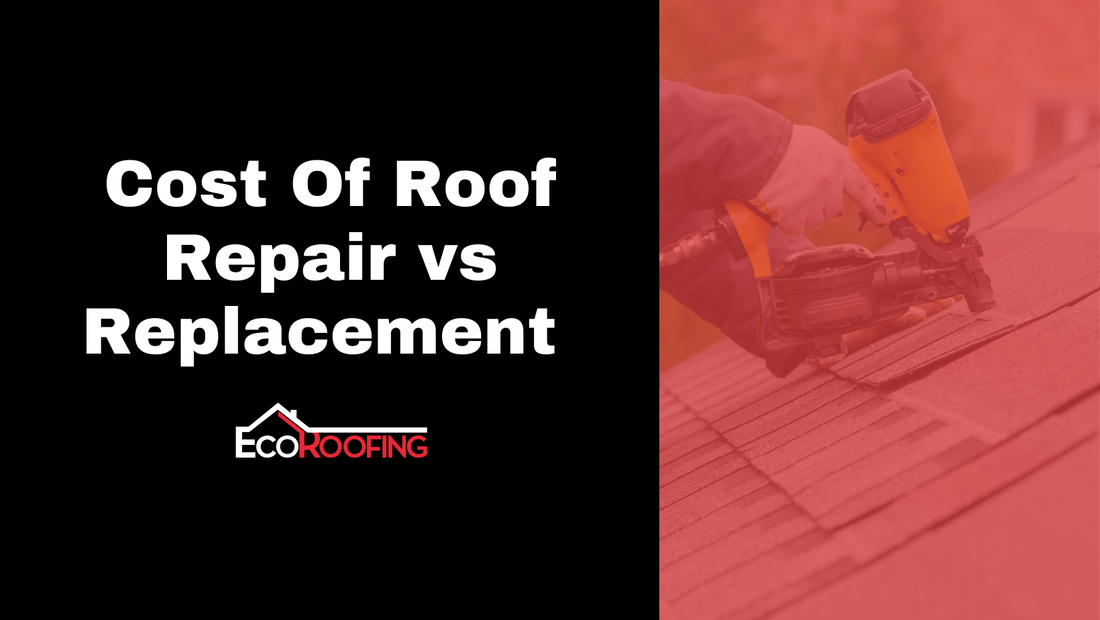
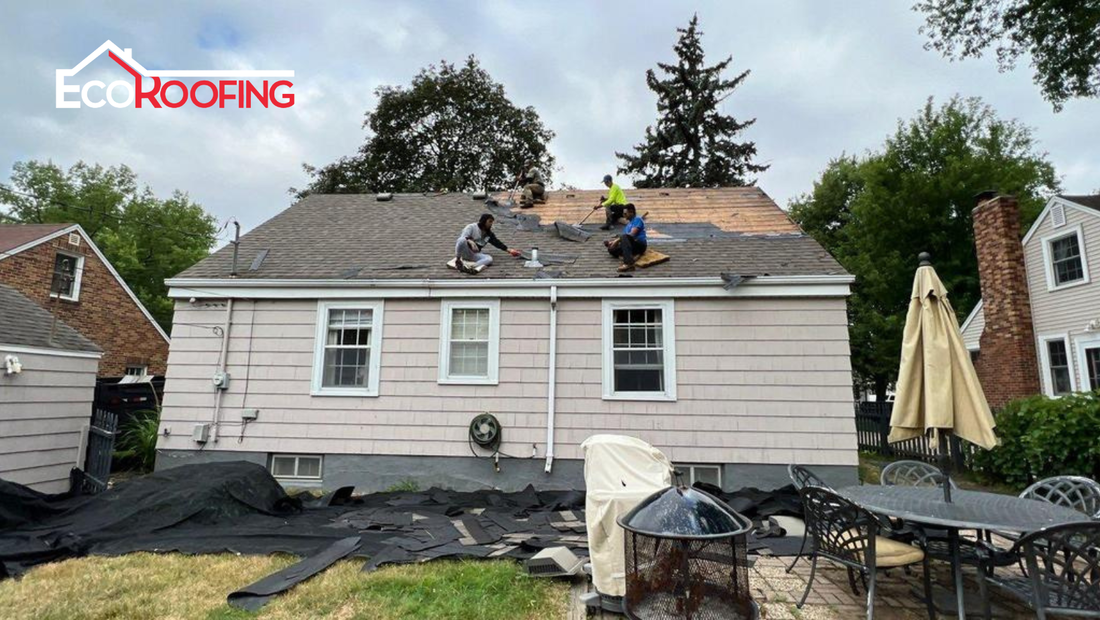


 RSS Feed
RSS Feed

